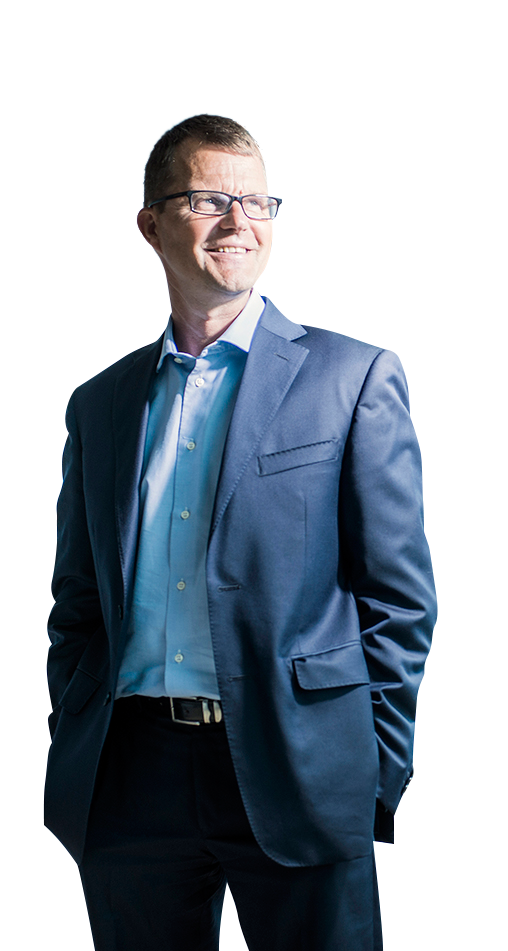Political decision makers in Finland are facing important questions when deciding on the country’s new energy and climate strategy. The situation in the background of the strategy has significantly changed during the last few years. We are living in the first years of an energy system revolution. Now, more than ever, international cooperation is key. The future is characterised by uncertainty and complexity. At the same time, the message from the political field is that we should still keep matters in our own hands. Electricity must be produced in our own power plants. This way, the price of electricity is also in our own hands – and cheap, of course!
So, do we intend to respond to questions about the new energy future with answers from a bygone era?
“We don’t decide on the price of electricity”
Internationality is an increasingly essential element in the new energy future. The common rules for energy and climate policy and the electricity markets are defined in Brussels. Finnish power plants are facing international, cross-border competition. We don’t decide on the price of electricity. In a few years, solar power from southern Europe will be clearly cheaper than any electricity production in Finland. In such a situation, it’ll be difficult for Finland to compete with its cheap electricity.
Adding to this, our dependency on the import of regulating electricity production and the adequacy of electricity during peak consumption, it’s easy to understand that the international dimension is an essential part of modern energy and climate strategy. What are Finland’s goals in international energy cooperation?
It’s a good idea to remember that strategy includes both a longer-term goal and a path that takes us to that grand vision. It seems that in this situation, defining the vision is easier than finding the path. Many actors agree on an energy future that is based on renewable energy. In this future, consumers are central as users and producers of electricity. When the sun isn’t shining and there is no wind, electricity is retrieved from storage. Solar energy produced in summer is preserved for the winter like berries, for example in the form of gas. This is what many of us are hoping for, myself included.
Right path is essential – journey will take time
Unfortunately, only some of the required technology is available to us, so the leap into this new world won’t happen tomorrow. Therefore, the strategy should define the path for moving into the new energy system in a controlled manner. Society can’t withstand continuously limiting citizen’s electricity consumption with forced measures. On the other hand, different paths incur different costs, and we all like to choose a path that takes us to our destination with an affordable price. During the journey, new technology and new operating models will become available, and the future is green, bright and warm, as well as affordable.
We are already living the change today. This summer, Finland achieved a record in wind power production. In the Nordic countries, Sweden has taken the top spot as a producer of wind power. Progressive energy companies and new challengers are building technology and operating models to make consumers more active operators on the electricity market to balance production and consumption, nearly in real time. Active citizens are installing solar panels on their roofs. More is invested in research into electricity storage technologies than ever before.
Fingrid has presented its own ideas on what the electricity operating system of the future will be like. We strongly support a market basis and believe that the best solutions can be found when operators are allowed to make their decisions from their own starting points and guided by market prices. This will increasingly apply to ordinary consumers, as well. A market-based approach encourages innovations, which the industry will certainly need. Hopefully, our wise politicians also understand the overwhelming benefits of the market-based path. Focus on the customer, please.






